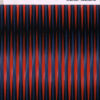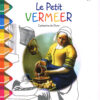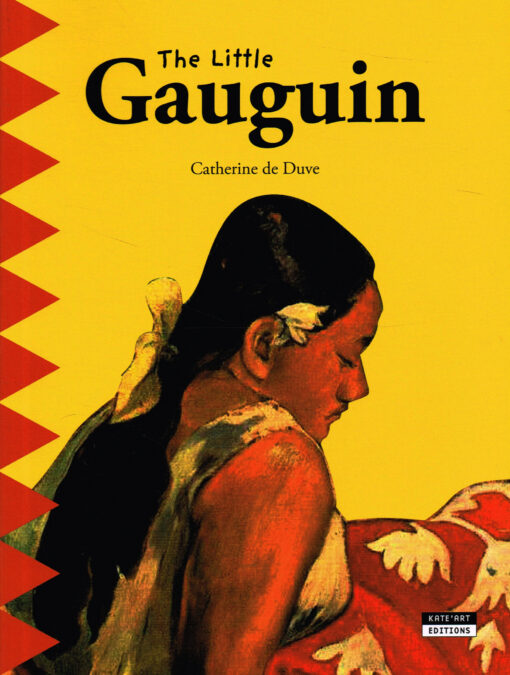Catherine de Duve
The Little Gauguin
€ 13,95 Oorspronkelijke prijs was: € 13,95.€ 7,90Huidige prijs is: € 7,90.
ISBN: 9782930382531. Bindwijze: pap Taal: EN Uitgever: Kate'Art Editions Auteur: Catherine de Duve Auteur tussenvoegsel: de Paginas: 32 Categorie: Kunst.
Embark on an exotic journey into the renowned painter’s world of colour. Set sail for a voyage around the world! Paul Gauguin drops out and focuses only on his passion, painting! He travels from Brittany to the Marquesas Islands and onto Tahiti. He disembarks on brightly coloured islands. Dive into blue lagoons; tropical forests and the legends of the Maori people. Go down to the beach and meet the beautiful wahines and the mysterious horseback riders. It’s your turn now to create an explorer’s diary, just like the artist’s. Page after page, discover and colour in Gauguin’s life and work.
Gerelateerde producten
kunst
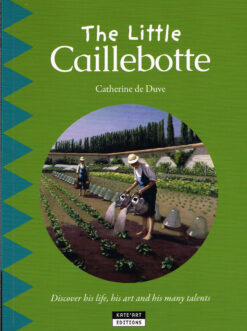
Catherine de Duve
The little Caillebotte
Meet the famous painter Gustave Caillebotte. Discover his life, his work and his many talents. Painter, naval architect, gardener, philanthropist and patron! Who are his Impressionist friends? Monet and Renoir Zip around in the park of the property Caillebotte at Yerres. Participate in some countryside activities, swimming and observe the views of Haussmann's Paris. Kate'Art Editionspap - 32 blz
kunst
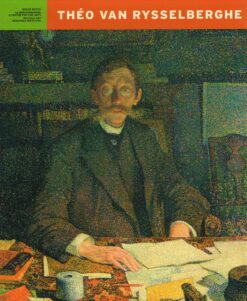
Théo van Rysselberghe
The key figure of Belgian Neo-Impressionism, Théo Van Rysselberghe (1862-1926) has a considerable reputation outside his own country. Van Rysselberghe had ties with the outstanding Belgian and French painters of his day and painted a number of portraits of friends such as Emile Verhaeren, Edmond Picard, Camille Lemonnier, André Gide, Paul Signac, and Henri-Edmond Cross. Through his art, the painter entered into a dialogue with his contemporaries, including Seurat, Signac, Cross, Van de Velde, Morren, Lemmen, and Finch. A number of styles can be observed: Orientalism (his first travels in Morocco), Impressionism (seascapes painted near Knokke, scenes from Moroccan life), Neo-Impressionism, portraits, and his late works (seascapes, landscapes, and female nudes). Mercatorfondsgeb - 261 blz
kunst
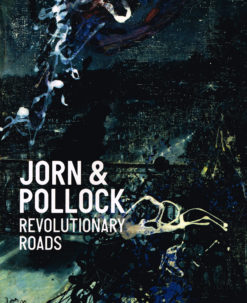
Jorn & Pollock
In the years during and just after World War II, the Danish artist Asger Jorn (1914-73) and the American painter Jackson Pollock (1912-56) came to play major roles in the development of a new Abstract Expressionist art. Both drew on Surrealism and Picasso to explore automatism in painting, each breaking through to a unique style around 1943, when Pollock had his first show at Peggy Guggenheim's gallery, and Jorn established the groundwork for working collectively that would lead to the founding of the CoBrA group. In both cases, this led to an incredibly energetic, primitive-seeming painting. Louisiana Museum of Modern Artgeb - 199 blz
kunst
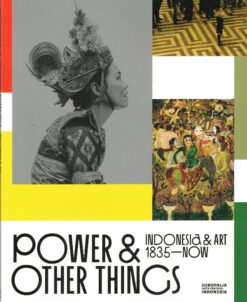
Riksa Afiaty
Power & Other Things
The project takes its name from the demand for the transfer of power and other things to the newly independent Indonesia in 1945. It travels through time, from European colonial occupation through the development of the republican state to the trans-national contemporary cultures of today. It looks at the various international exchanges that happened in the territories of contemporary Indonesia, through the images and ideas of artists. These exchanges were of different kinds: trade, culture, religion, ideology and war. They produced a variety of results: violence, oppression, racism, creativity, spiritual awakening, and other things. The ideologies and challenges of modernity are common ways in which Indonesia has been depicted by others and has defined itself over the period. As this modern period recedes into history, the project will seek ways to remember how it has influenced contemporary understanding and ask the current generation of artists to look back in order to rewrite the past and potentially create the conditions for a different future. The catalogue and the exhibition will follow a broad chronological narrative, allowing readers and visitors to learn more about how this huge archipelago has changed over the past two centuries and to observe how it has responded and adapted to influences originating from both inside and outside the islands. The influence of the imperial Dutch and Japanese occupations naturally form a significant element in the narrative of the exhibition as does the constant struggle for different forms of independence or equal treatment by the Javanese and other Indonesian cultures. The importance of Chinese and Arab influence on Indonesia's cultural history will also feature as the exhibition tries to look for alternative ways, alongside the post-colonial, for understanding the present. The presentations will include work made during the residencies as well as new commissions. Snoeckpap - 127 blz
